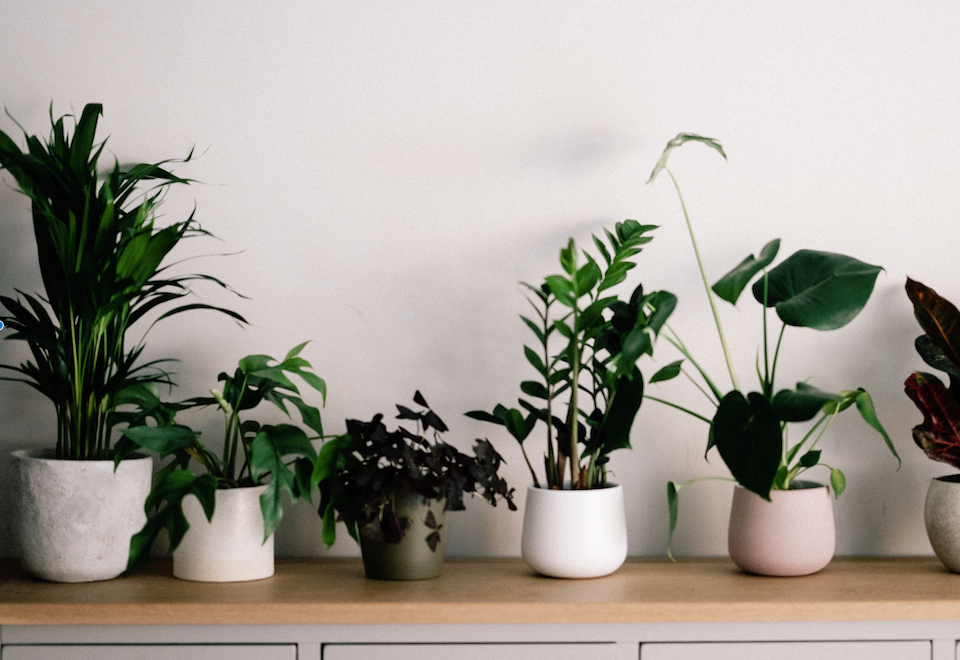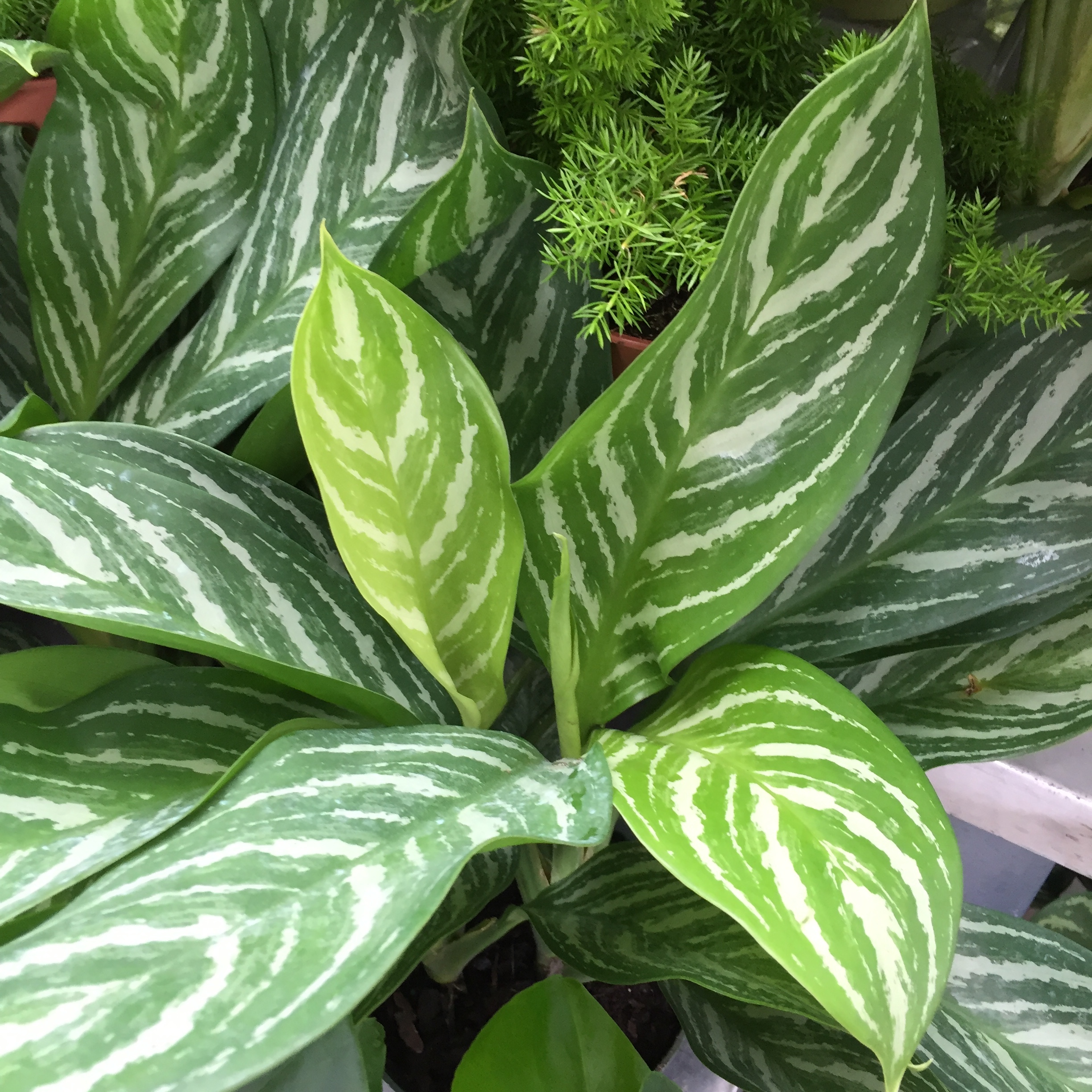Best Low-Light Indoor Plants That Thrive with Minimal Sunlight
Best Low-Light Indoor Plants That Thrive with Minimal Sunlight
Blog Article
Discover the most effective Low-Light Indoor Plants for Enhancing Your Home Decoration
Including low-light interior plants into your home decoration can considerably boost both aesthetics and environment, specifically in rooms that do not have plentiful natural light. Varieties such as the Serpent Plant and ZZ Plant not only bring life to lower corners but additionally add to improved air high quality and general well-being. Recognizing the special attributes and care needs of these plants can result in a much more unified living setting. As we explore the leading options and their imaginative applications, one may wonder exactly how these options can transform your space right into a flourishing shelter.

Why Choose Low-Light Plants
Why choose low-light plants in your indoor spaces? The contemporary living setting frequently offers obstacles such as restricted natural light, making it tough for standard houseplants to thrive. Low-light plants are especially adjusted to survive and grow in these problems, offering a sensible service for people looking for to improve their interior spaces without the included stress and anxiety of keeping more light-demanding flora.
In addition to their durability, low-light plants contribute dramatically to the visual appeals of a room. Their varied variety of shapes, dimensions, and colors enables special interior decoration possibilities, creating welcoming and lively atmospheres. Indoor plants are known for their air-purifying qualities, improving indoor air high quality by filtering toxins and launching oxygen, which can enhance overall wellness.
Low-light plants also require minimal upkeep, making them specifically attracting busy individuals or those new to gardening. Their versatility enables for placement in different atmospheres, from workplace spaces to dimly lit corners of the home. By choosing low-light plants, you can enjoy the benefits of plant without the restraints that commonly come with traditional gardening, inevitably promoting a healthier and much more aesthetically enticing interior atmosphere.
Top Low-Light Indoor Plants
For those looking for to enhance their interior rooms with plant that grows in low-light problems, numerous plant options attract attention for their durability and visual appeal. The Snake Plant (Sansevieria trifasciata) is a prominent choice, recognized for its upright, sword-like fallen leaves and ability to tolerate disregard. This sturdy plant can endure in dimly lit areas while enhancing indoor air quality.
An additional outstanding alternative is the Pothos (Epipremnum aureum), defined by its heart-shaped leaves and routing vines. When put on shelves or hanging baskets., Pothos is not just adaptable to reduced light yet also supplies a striking aesthetic comparison.
The ZZ Plant (Zamioculcas zamiifolia) is equally impressive, flaunting glossy, dark green fallen leaves that can brighten up any kind of corner. Its drought resistance makes it excellent for hectic house owners.
Care Tips for Low-Light Plants
Exactly how can you guarantee that your low-light interior plants flourish in spite of limited sunshine? First, pick the appropriate potting mix that supplies great water drainage while retaining dampness. A well-aerated dirt, such as a blend of potting soil and perlite, can assist avoid root rot.
Watering is crucial; low-light plants normally need much less constant watering contrasted to their sun-loving counterparts. Constantly inspect the leading inch of the dirt-- if it really feels completely dry, it's time to water. Beware of overwatering, as this can bring about official site fungal problems and root decay.
Feeding low-light plants should be done sparingly - Best low-light indoor plants. Utilize a balanced, water-soluble plant food throughout the growing season, yet remove or lower fertilizing in the dormant months
Additionally, dust can build up on fallen leaves, preventing photosynthesis. Delicately clean the fallen leaves with a damp fabric to maintain them clean.
Lastly, observe read here your plants very closely. Indicators of distress, such as yellowing leaves or leggy growth, can indicate that your plant requires changes in treatment (Best low-light indoor plants). By adhering to these treatment pointers, your low-light interior plants can thrive, including appeal and vitality to your home
Innovative Ways to Present Plants
Boosting the aesthetic allure of your indoor area can be attained by thoughtfully displaying your low-light plants in creative ways. Think about using upright space to your advantage; wall-mounted racks can showcase trailing plants like pothos or philodendron, including lushness while conserving flooring area. Additionally, use plant stands of varying heights to produce aesthetic interest and depth, drawing the eye upward.
Hanging planters are one more excellent option, offering a significant impact when put on hold from the ceiling or hooks. Macramé wall mounts can present appearance and bohemian flair, while modern ceramic wall mounts can match a minimalist visual. For a more cutting-edge method, repurpose special containers such as classic teacups or glass containers, which can add individuality to your display.
Organizing plants in collections is also reliable; usage varying pot dimensions and shades to produce a natural appearance. This approach not only boosts aesthetic impact however additionally provides a natural habitat feel - Best low-light indoor plants. Take into consideration positioning plants near light resources like lights or home windows to enhance their development and display their lively foliage, therefore enhancing the total ambiance of your indoor atmosphere.
Advantages of Indoor Greenery
Countless research studies have shown that including indoor greenery right into your space uses a plethora of benefits, boosting both psychological and physical health. Clicking Here Among the most substantial advantages of interior plants is their capability to boost air high quality. Plants take in co2 and release oxygen, creating a healthier environment while additionally straining harmful toxins, therefore advertising breathing health and wellness.
In addition, the existence of plant has actually been linked to decreased anxiety levels. Study indicates that engaging with plants can reduce cortisol levels, which are associated with tension. This calming effect can result in boosted mood and raised efficiency, making interior plants an ideal addition to work spaces.
In addition, indoor plant can boost cognitive function. Studies recommend that settings enhanced with plants can result in raised focus, creativity, and general psychological clarity. The visual charm of interior plants also adds to a more inviting and pleasant setting, favorably influencing social communications and overall satisfaction within an area.
Final Thought

Incorporating low-light interior plants into your home decor can considerably boost both appearances and atmosphere, especially in rooms that lack abundant all-natural light. Ranges such as the Snake Plant and ZZ Plant not only bring life to dim corners yet also add to boosted air top quality and general well-being. Indoor plants are known for their air-purifying high qualities, enhancing indoor air top quality by filtering toxic substances and releasing oxygen, which can enhance total health.
For those seeking to improve their interior spaces with plant that prospers in low-light problems, several plant alternatives stand out for their durability and visual allure. These resistant plants, such as the Snake Plant and ZZ Plant, grow in dim conditions and call for very little maintenance, making them appropriate for different lifestyles.
Report this page